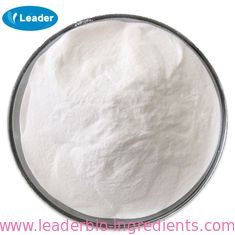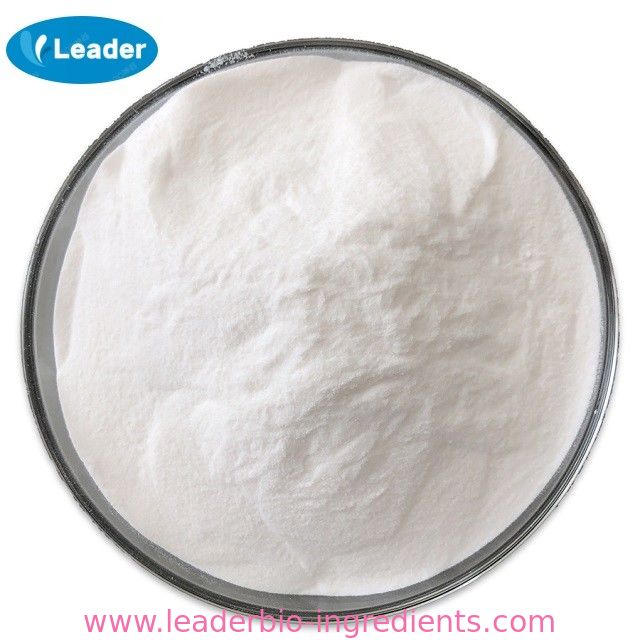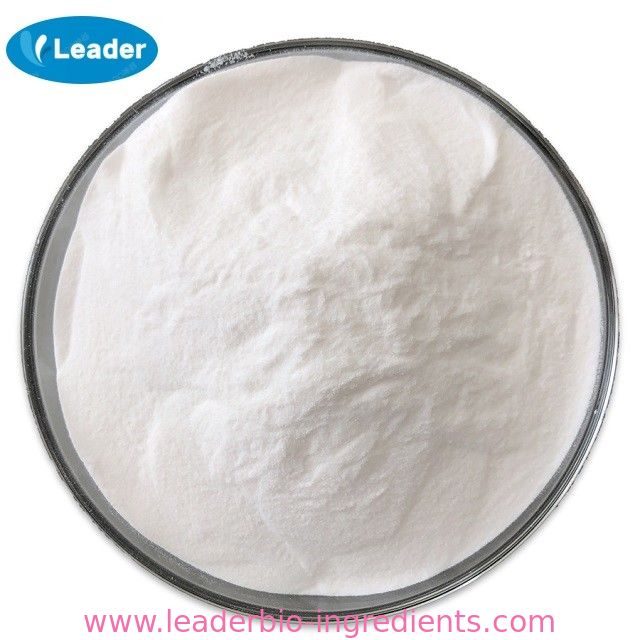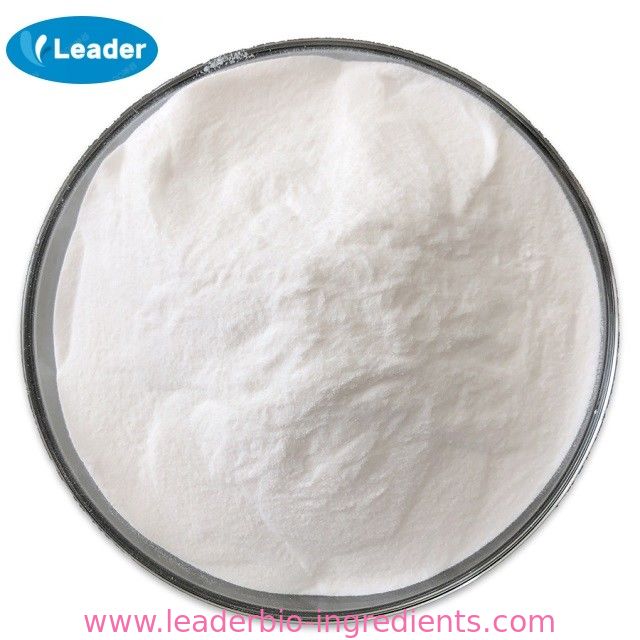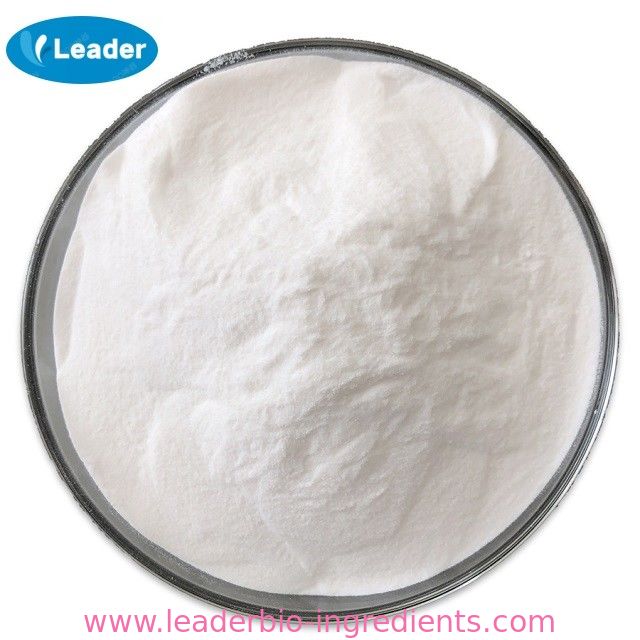| Description |
See ι-LYSINE MONOCHLORIDE. |
| Chemical Properties |
L-Lysine is an essential amino acid (a protein building block) that cannot be produced by the body from other nutri ents. It helps ensure adequate absorption of calcium and the formation of collagen for bone, cartilage and connective tissue. This compound is odorless. |
| Chemical Properties |
White to pale yellow crystalline powder |
| Occurrence |
Some natural food sources for l-lysine include lima beans, kidney beans, potatoes, corn, red meat, fish and milk. |
| Uses |
Essential amino acid for human development. Lysine residues are useful in many cellular processes, due to their ability to accept a wide variety of post-translational modifications. |
| Uses |
A moderate serotonin antagonist and essential amino acid. |
| Uses |
lysine is a skin-conditioning amino acid. |
| Definition |
ChEBI: An L-alpha-amino acid; the L-isomer of lysine. |
| Preparation |
Produced by fermentation. Also produced by use of continuous ion exchange technology. |
| Biotechnological Production |
C. glutamicum and, to a lesser extent, E. coli are the main organisms used today for industrial L-lysine production. The first L-producing strains based on C. glutamicum were reported in 1961, and those based on E. coli in 1995. The advantages of using E. coli versus C. glutamicum include the achievement of higher growth rates at higher fermentation temperatures. The formation of lysine is highly influenced by two enzymes, aspartate kinase (AK) and homoserine dehydrogenase (HDH). AK converts aspartate into aspartate semialdehyde, and is highly feedback-inhibited by lysine and threonine. HDH converts aspartate semialdehyde into homoserine, which is an intermediate for the biosynthesis of threonine, methionine, and isoleucine. L-Lysine–producing strains therefore often contain a deregulated AK and/or a reduced activity HDH. Despite the improvement of the flux from aspartate towards lysine, the availability of key metabolites from the central metabolic pathways is also essential. Here the formation of oxaloacetate directly from phosphoenol pyruvate or via pyruvate is essential for the carbon yield as some unnecessary cycles are included. For example, inactivation of the enzyme phosphoenol pyruvate carboxykinase, which catalyzes the reverse reaction from oxaloacetate to phosphoenol pyruvate gave an improvement in lysine formation. By overexpression of pyruvate carboxylase, the conversion yield of glucose to lysine could be increased by 50 %. With a synthetic lysine hyperproducing strain, containing 12 defined modifications from the wild type, a carbon yield of 0.55 g/g and a product titer of 120 g/L over 30 h fermentation could be obtained.
Today, however, the main commercial process for L-lysine remains the fermentation of C. glutamicum. This is performed in fed-batch mode in large-scale fermenters of up to 500 m3 volume, with production capacities in excess of 100,000 tonnes. The commercial manufacturing process has been comprehensively described by Pfefferle. |
| Aroma threshold values |
Detection: 500 ppm |
| Synthesis Reference(s) |
Journal of the American Chemical Society, 71, p. 3161, 1949 DOI: 10.1021/ja01177a063 |
| Safety Profile |
An experimental teratogen. Experimental reproductive effects. When heated to decomposition it emits toxic fumes of NOx. |
| Veterinary Drugs and Treatments |
Lysine may be effective in suppressing FHV-1 infections in cats. |
| Purification Methods |
Crystallise L-lysine from aqueous EtOH. [Greenstein & Winitz The Chemistry of the Amino Acids J. Wiley, Vol 3 pp 2097-2122 1961, Kearley & Ingersoll J Am Chem Soc 73 5783 1951, Beilstein 4 IV 2717.] |
